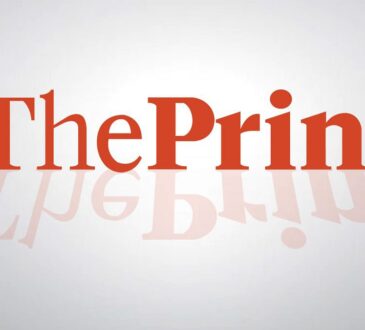Emerging-market (EM) currencies climbed during the first week of Donald Trump’s second term, helped by a softer-than-expected rollout of US tariffs and the absence of new levies on Chinese imports.
The benchmark index for developing-nation currencies rose 1.2 per cent last week, the best weekly showing since July 2023. Trump’s comments hinting that he would rather not impose levies on China helped lift Asian currencies on Friday (Jan 24).
“It’s more of a relief rally,” said Alvin Tan, head of Asian FX strategy at Royal Bank of Canada in Singapore. “The market is relieved that the worst-case scenario” regarding US tariffs “appears to be falling by the wayside”.
Emerging currencies are rebounding after their worst quarterly drop since September 2022 as traders priced in expectations of a widespread trade war and a more hawkish Federal Reserve stance amid inflationary pressure in the US. Currencies in emerging Europe and high-yielding Latin American names paced the gains, with the Hungarian forint, the Brazilian real and the Colombian peso advancing more than 2.5 per cent last week.
“There’s renewed demand for carry as tariff fears ease and volatility wanes,” said Bernd Berg, a London-based strategist at In Touch Capital. “High-yielding Latin American names are profiting the most after selling off last year.”
Emerging-market stocks also benefited from the easing fears. An MSCI index ended the day 0.8 per cent higher on Friday, extending weekly gains to 1.9 per cent.
BT in your inbox

Start and end each day with the latest news stories and analyses delivered straight to your inbox.
Investors had been on tenterhooks for the first executive orders from the White House after Trump vowed to quickly implement his “America First” policy agenda. But in his initial batch of economic announcements, China was omitted from tariff plans which only targeted Mexico and Canada with 25 per cent levies from Feb 1.
The combination of a bearish positioning going into a second Trump administration and the softer-than-feared stance on tariffs has been enough to bolster assets, and JPMorgan Chase sees room for additional relief for currencies such as the forint and South Africa’s rand.
“Initial indications of a more targeted approach to tariffs help contain left-tail risks,” the bank’s strategists including Saad Siddiqui and Tania Escobedo Jacob wrote in a note on Thursday. “EMFX should well trade with a ‘no news is good news’ bias.”
The Malaysian ringgit climbed more than 1 per cent on Friday to the highest since November, the biggest gainer in Asia.
Still, investors remain wary as the uncertainty over US policies remains high. While JPMorgan’s gauge of emerging-market currency volatility has eased, it remains at its highest since August.
On Thursday, Trump used a speech at Davos to threaten more widespread tariffs on goods not manufactured in the US. A survey by HSBC Holdings showed that 58 per cent of fund managers helping oversee US$343 billion in developing-nation assets were bearish on EM currencies in December, up from 10 per cent in September. And the latest data from the Commodity Futures Trading Commission shows hedge funds are most bearish on Mexican peso since April 2023.
“EM FX has been given a reprieve for now,” said Eugenia Victorino, head of Asia strategy at Skandinaviska Enskilda Banken in Singapore. “However, the threat of a resumption of trade wars will limit too much appreciation for EM currencies.” BLOOMBERG

